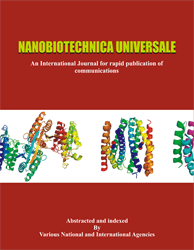Prevalence and Distribution of Collar Rot in Brinjal (Solanum melongena L.) caused by Sclerotium rolfsii from major Brinjal growing Regions of Tamil Nadu
C. Gunaseeli1 and A. Muthukumar2
Department of Plant Pathology, Faculty of Agriculture, Annamalai University, Annamalai Nagar, Chidambaram- 608002 (India) 1gunaseelic700@gmail.com 2muthuragulajay@gmail.com
ABSTRACT
Brinjal (Solanum melongena L.), a key berry-producing vegetable in the family Solanaceae, is susceptible to numerous biotic and abiotic stresses. Among various biotic diseases, collar rot is one of the highly destructive diseases responsible for 55-95% yield losses. A roving survey conducted across major brinjal-growing areas of Tamil Nadu and recorded percent disease incidence ranging from 8.28% to 34.79%. The highest incidence (34.79%) was recorded in Kottumulai village in Cuddalore district, while the lowest incidence (8.28%) was recorded in Navakurichi village in Salem district. Morphological characterization of the isolates showed significant variation in growth and sclerotial formation. Radial mycelial growth ranged from 59-90 mm and the sclerotial production ranges from 75 to 1,338 per plate. Among the twenty isolates, the maximum mycelial growth and the highest number of sclerotia was produced in Sr3 isolate and the minimum mycelial growth and the lowest sclerotial production was observed in the Sr17 isolate.
